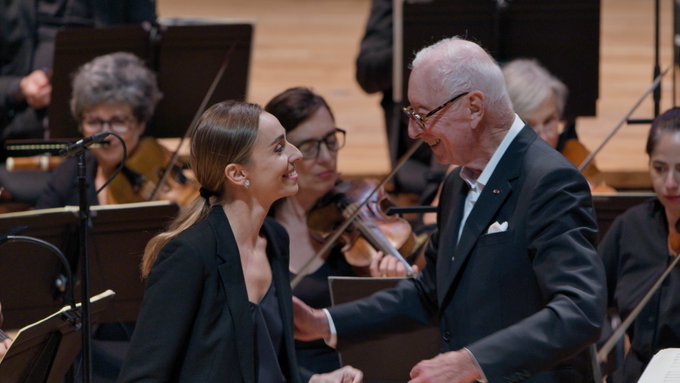[TL;DR] How I discovered sparsity and stopped worrying about it
This is a journey into sparsity. The story started in 2009, in the South of France, and the nice island of Porquerolles. Here, clear blue water.
This is a journey into sparsity. The story started in 2009, in the South of France, and the nice island of Porquerolles. Here, clear blue water.
 | ||||
| France, Porquerolles, plage Notre-Dame |
There was a workshop organized in June called Porquerolles 2019: Approximation and optimization in image restoration and reconstruction. A bunch of first class researchers were there:
[TO BE CONTINUED, THEN MATERIALS]
So: SPOQ means, in Swedish, "Svenskt Pediatriskt Ortopediskt Qvalitetsregister" (Swedish Pediatric Orthopaedic Quality register).
Amel Benazza-Benyahia, Jérôme Bolte, Antonin Chambolle, Caroline Chaux, Philippe Ciuciu, Albert Cohen, Patrick Louis Combettes, Claude Comtat, Christine de Mol, Alvaro R. De Pierro, Michel Defrise, Ron DeVore, Jalal Fadili, Mario Figueiredo, Massimo Fornasier, Jacques Froment, Yves Goussard, Gabor Herman, Jérome Idier, Dirk Lorenz, Russell Luke, Francois Malgouyres, Pierre Maréchal, Ali Mohammad-Djafari, Stanley Osher, Valérie Perrier, Jean-Christophe Pesquet, Gabriel Peyré, Aleksandra Pizurica, Andrew Reader, Elena Resmerita, Marc Sigelle, Gabriele Steidl, Marc Teboulle, Joel Trussell, Michael Unser, Dimitri Van de Ville, Isao YamadaThe program was wonderful. The trade-off between sea, science and sun was so easy. At that time, I had been working mostly with signals and images, processing them with sparsity-promoting decompositions: complex orthogonal/biorthogonal dual-tree wavelets with interesting covariance properties able at multichannel/multicomponent image denoising, tighly oversampled complex filter banks. We wanted to have data become sparser through a projection on some vector basis, union of bases or frames. Yet, what sparsity really meant was not fully clear to me. The count measure $\ell_0$ of course, but it is not practically usable for several reasons.
[TO BE CONTINUED, THEN MATERIALS]
So: SPOQ means, in Swedish, "Svenskt Pediatriskt Ortopediskt Qvalitetsregister" (Swedish Pediatric Orthopaedic Quality register).
But how does all the above relate to our SPOQ (SPOQ Lp-Over-Lq Regularization for Sparse Signal Recovery applied to Mass Spectrometry) algorithm? Later, it is way too late.



No comments:
Post a Comment